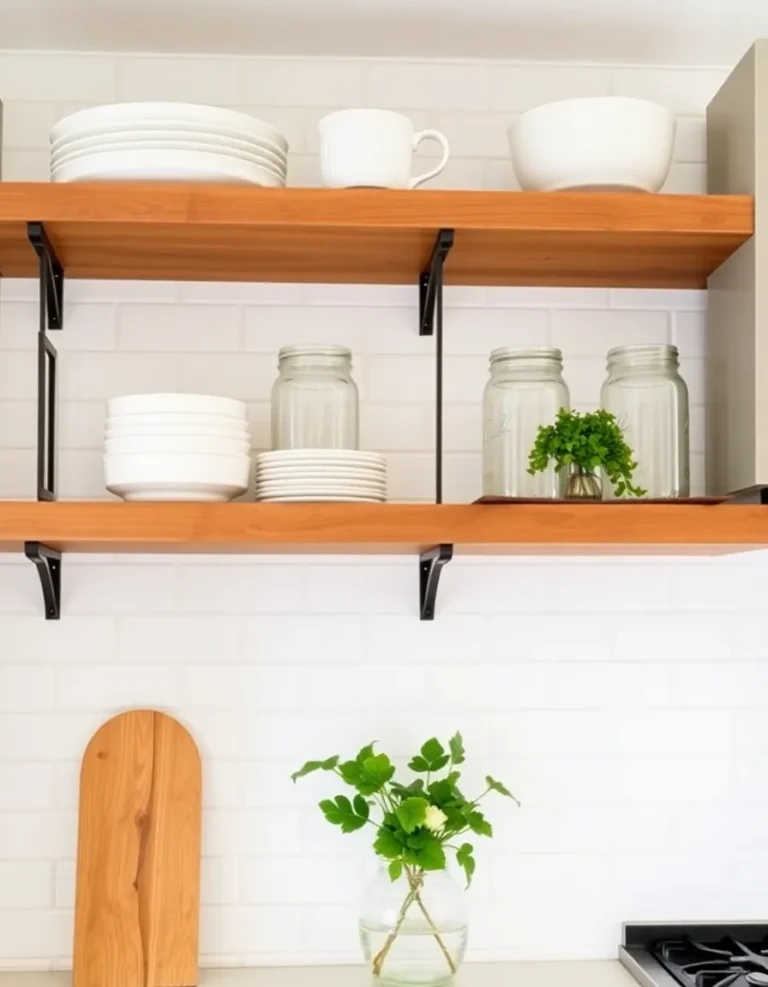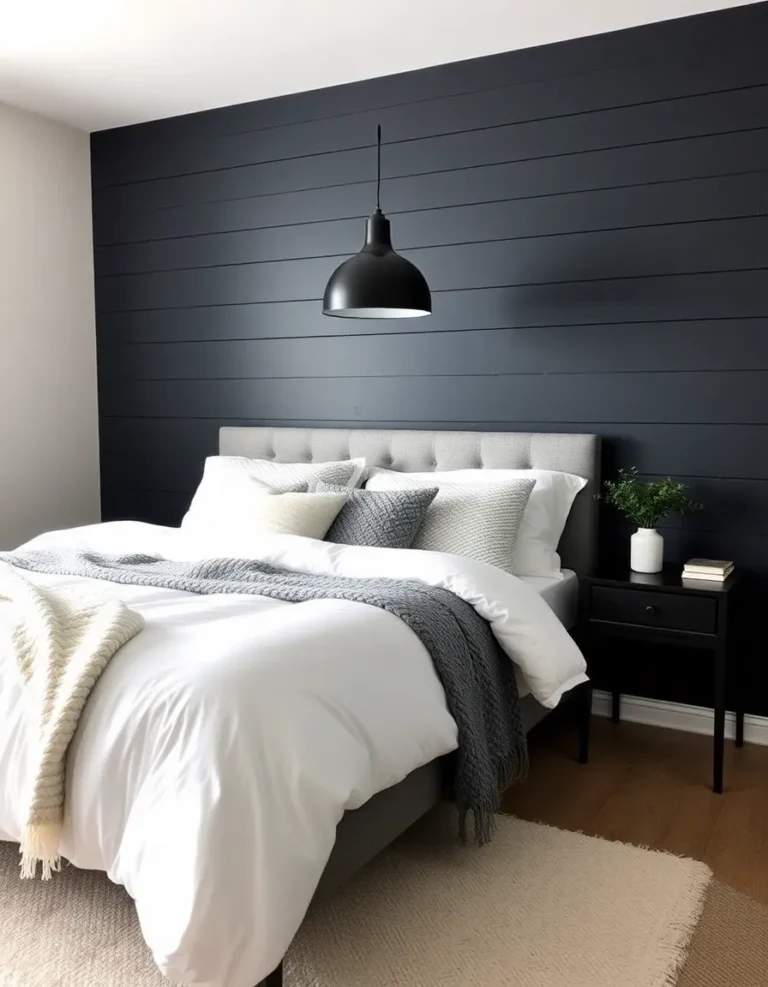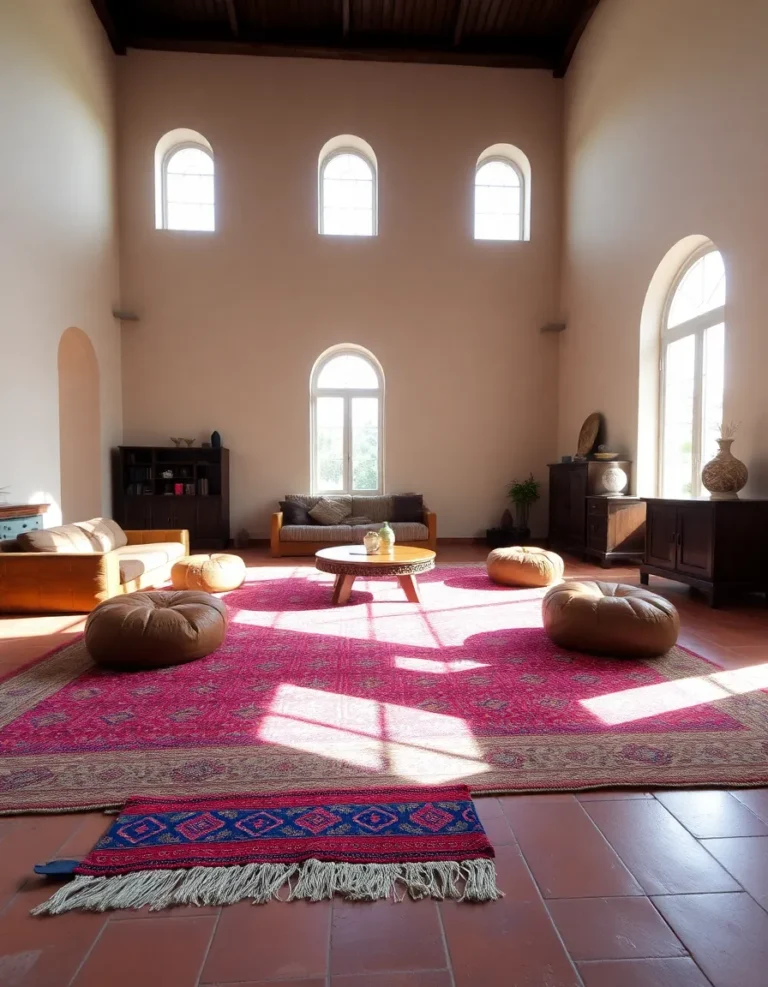Best Wood Types for Authentic Mid-Century Style (Walnut, Teak, Oak)
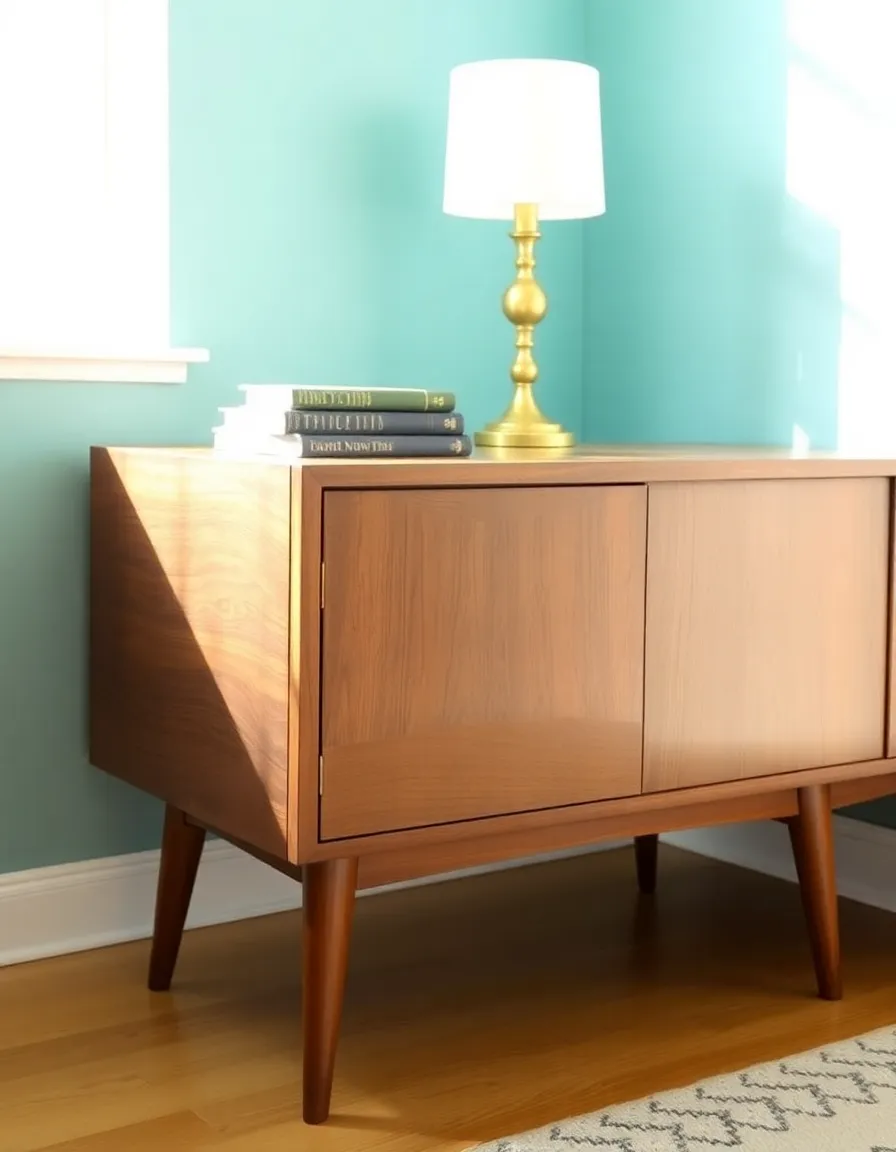
So, you’ve fallen down the mid-century modern rabbit hole, huh? Welcome to the club! There’s something undeniably cool about that sleek, functional, and oh-so-stylish aesthetic from the 50s and 60s. But here’s the thing—getting the look just right isn’t just about nailing the shapes and colors. The wood you choose can make or break your mid-century vibe.
I mean, imagine pairing a killer Eames-style chair with the wrong wood. It’s like wearing socks with sandals—just don’t. Luckily, we’ve got three superstar woods that scream mid-century authenticity: walnut, teak, and oak. Each has its own personality, strengths, and quirks. So, let’s break it down and figure out which one’s your soulmate.
By the way, if you’re already mentally rearranging your living room, you’re not alone. I’ve lost count of how many times I’ve moved furniture at 2 AM because “it just didn’t feel right.” Mid-century obsession? Maybe. No regrets, though.
1. Walnut: The Sophisticated Showstopper
If mid-century modern had a VIP section, walnut would be lounging there with a martini. This wood is rich, dark, and effortlessly elegant, making it a favorite for iconic designers like George Nakashima and Florence Knoll. Its deep chocolatey tones with occasional reddish undertones give it a warmth that’s hard to resist.
Walnut isn’t just pretty—it’s also durable. It resists warping and holds up well to daily use, which is great if you’re like me and treat your coffee table like a dining table (oops). Plus, it ages beautifully, developing a patina that only gets better with time. Talk about aging gracefully!
Now, here’s the catch: walnut can be pricey. But hey, quality costs, right? And when you see how it elevates a room, you’ll understand why it’s worth the splurge. Pro tip: pair it with mustard yellows or olive greens for that perfect retro pop.

2. Teak: The Low-Maintenance Legend
Ah, teak—the wood that made Danish modern design famous. If walnut is the sophisticated one, teak is the chill, easygoing sibling. It’s got a golden-brown hue that ranges from honey to caramel, and it’s packed with natural oils that make it resistant to moisture, bugs, and general wear and tear. Basically, it’s indestructible. Perfect for clumsy people like me.
Teak’s durability made it a go-to for outdoor furniture, but its good looks quickly brought it indoors. Designers like Hans Wegner and Arne Jacobsen loved it for its versatility. Whether it’s a sleek sideboard or a sculptural chair, teak brings warmth without overpowering a space.
One thing to note: teak can darken over time if exposed to sunlight. Some people love this aged look (guilty), but if you prefer it golden, a little teak oil now and then will keep it fresh. FYI, vintage teak pieces often have that coveted “lived-in” charm, so don’t shy away from secondhand finds.
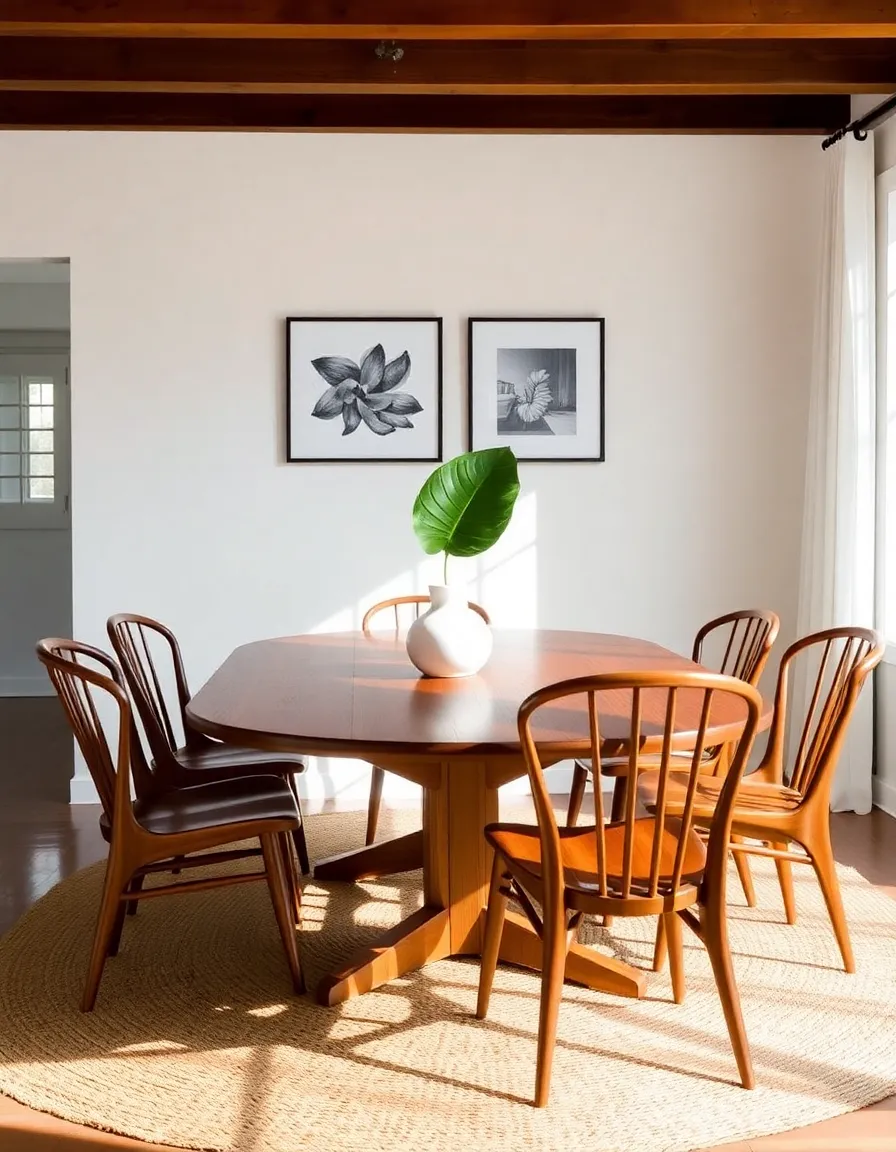
3. Oak: The Underrated Workhorse
Oak might not get as much mid-century hype as walnut or teak, but don’t sleep on it. This wood is the unsung hero of the era, especially in American and Scandinavian designs. Lighter than walnut but sturdier than pine, oak has a tight grain that gives it a clean, modern look—especially when finished in a natural or light stain.
What I love about oak is its adaptability. It works in everything from chunky, solid-wood desks to delicate, spindle-legged side tables. And because it’s more affordable than walnut or teak, it’s a great option if you’re dipping your toes into mid-century style without breaking the bank.
That said, oak can sometimes look a bit… blah if not styled right. The trick? Mix it with bolder woods or colors to keep things interesting. Try pairing an oak table with a vibrant rug or a sleek black leather sofa. Trust me, it’ll sing.
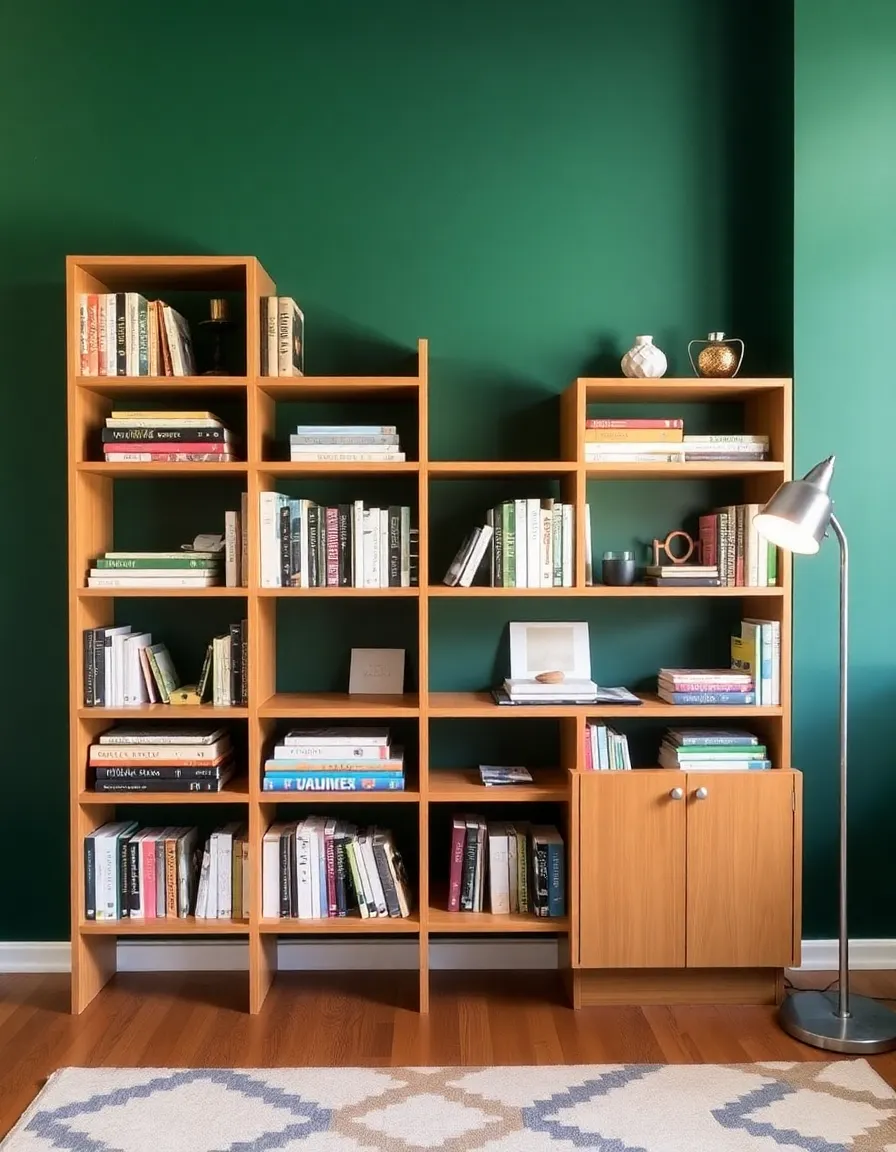
Alright, let’s wrap this up. Whether you’re team walnut, teak, or oak, each of these woods brings something special to the mid-century table. Walnut’s got that rich, luxe vibe, teak is the durable charmer, and oak is the versatile underdog. The best part? You really can’t go wrong with any of them.
Now, go forth and furnish! And if you end up rearranging your living room at 2 AM, just know I’m right there with you. Happy decorating! 🙂

